WUE-CII Performance Measures
Implementing a comprehensive water use classification system is crucial for enhancing water use efficiency and meeting legislative requirements in water management. By categorizing water use into 19 distinct categories, including recreational, healthcare, and commercial activities, water suppliers can track and report water consumption effectively. The adaptation of dedicated irrigation meters and Best Management Practices (BMPs) further aids in conserving water resources. Collaboration between stakeholders and regulatory bodies is essential for successful implementation.
Download Presentation

Please find below an Image/Link to download the presentation.
The content on the website is provided AS IS for your information and personal use only. It may not be sold, licensed, or shared on other websites without obtaining consent from the author.If you encounter any issues during the download, it is possible that the publisher has removed the file from their server.
You are allowed to download the files provided on this website for personal or commercial use, subject to the condition that they are used lawfully. All files are the property of their respective owners.
The content on the website is provided AS IS for your information and personal use only. It may not be sold, licensed, or shared on other websites without obtaining consent from the author.
E N D
Presentation Transcript
WUE-CII Performance Measures ACWA & CMUA Working Group Meeting Dec. 8, 2022
1. Use a CII water use classification system for data collection and reporting purposes 2. Convert mixed use CII meters for landscapes above a size threshold to dedicated irrigation meters (DIM) or implement adequate in-lieu technologies to improve water use efficiency Legislative Requirements 3. Implement CII water use best management practices (BMPs) for improving water use efficiency (WC 10609.10)
19 categories of water uses 5 Years to Complete from SWRCB Adoption 1. Water Recreation 2. Recreation, non-water 3. Food/ Beverage 4. Laundry 5. Lodging 6. Healthcare 7. Offices 8. Public Services 9. Sales 10. Services 11. Religious Buildings 12. Education 13. Vehicle wash 14. Industrial, nonmanufacturing 15. Manufacturing 16. Utility 17. Mixed Use Commercial 18. DIM 19. Others Minimum level of progress per year is 20% of CII water accounts. DWR Final Recommendations: If URWS does not meet 20% mapping requirement, URWS to include in annual reporting an explanation of its plan to meet the mapping requirement by year 5. CII Water Use Classification System If URWS is experience a substantial hardship meeting the minimum level of progress, by Year 3, the URWS will provide an alternative implementation plan to meet the full mapping requirement for the State Water Board s approval. Implementation does not require URWS to reengineer billion systems.
19 categories of water uses 5 Years to Complete from SWRCB Adoption 1. Water Recreation 2. Recreation, non-water 3. Food/ Beverage 4. Laundry 5. Lodging 6. Healthcare 7. Offices 8. Public Services 9. Sales 10. Services 11. Religious Buildings 12. Education 13. Vehicle wash 14. Industrial, nonmanufacturing 15. Manufacturing 16. Utility 17. Mixed Use Commercial 18. DIM 19. Others DWR to provide technical assistance and develop guidance for mapping CII water uses into the adopted CII Classification System PM. DWR Final Recommendations: URWS to establish formal procedures to collect classification information and update account mapping classifications upon receipt of modified or new service requests to keep the classification mapping up to date. URWS should also coordinate with the corresponding land use authority(ies) to add a requirement for consulting URWS, where appropriate, to inform changes and potential reclassifications. CII Water Use Classification System
ACWA 2021 Comments -CII Classification DWR s draft recommendations would require URWS to periodically review and update their CII water use classifications. This process likely will require each water supplier to procure updated business listing data with NAICS codes. This data would then be used to update business classifications. There are dozens of business listing data providers and data quality can vary greatly among providers. ACWA, CMUA and CWA request that DWR provide this business listing data for the entirety of California. This would allow water suppliers to rely on the same high-quality dataset and avoid needing to procure this information separately. Additionally, the requirement 4.3.1 would require significant labor every two years to reclassify customer data. DWR Final Recommendations: CII Water Use Classification System ACWA, CMUA and CWA recommend changing this updating requirement to every five years instead of every two years.
Conversion Threshold Requirements 1 acre of landscape area Irrigated by a mixed-use meter (MUM) On a per-parcel basis Must implement one of the following: 1. Convert MUM that exceeds threshold to DIM (or equivalent technology) and report associated LA and water use under CII- DIMWUS. 2. Implement the in-lieu technologies and adhere to requirements in the in-lieu technologies performance measures (PM) DWR Final Recommendations: Threshold for Conversion 5 years from SWRCB adoption to: 1. Complete LAM 2. Determine whether a DIM or in-lieu technology will be implemented
ACWA 2021 Comments Threshold for Conversion End goal should be the efficient use of water. Focus on actions that will result in actual water savings and are cost-effective. DWR Final Recommendations: Converting a CII MUM does not guarantee water savings Converting a CII MUM is frequently cost-ineffective for CII customers without an incentive. Customers often do not take advantage of the program. Threshold for Conversion Retrofitting existing CII facility presents significant challenges e.g., excessive costs and deemed infeasible (customer property side irrigation layout and potential tie-ins, unavoidable obstruction such as mature trees and existing buildings, service lateral delivery adequacy, and local/municipal requirements).
ACWA 2021 Comments Threshold for Conversion Threshold for converting MUMs: 1. 2. 3. Parcels that 2 acres or greater, and Irrigating 1 acre or greater, and Water use is greater than the outdoor water use efficiency standard DWR Final Recommendations: Develop a compliance plan for Threshold MUMs to reduce water use to meet water use efficiency standard (by 2030) by converting to DIMs, a DIM equivalent technology or through in-lieu technologies Threshold for Conversion URWS to report annually on Threshold MUM compliance and progress towards meeting the standard. Every 5 years, URWS to reevaluate water use of the MUMs and update threshold MUMs Any MUMs that cannot be converted to a DIM should fall under the same BMPs provisions
In-Lieu Technologies Additional Details 1. Water budget-based rate structure 2. Water budget-based management without a rate structure 3. Hardware improvements with enhanced performance 4. Remote sensing combined with other data and hardware improvements 5. Landscape plant palette transformation programs 6. Others (as approved by the SWRCB) Within 5 years after the first year of landscape measurement under the Conversion Threshold PM, with a total of up to 6 years for completing the implementation. DWR Final Recommendations: Prepare an In-Lieu Technologies Implementation Plan in Year 1 In-Lieu Technologies Performance Measure Starting Year 2, URWS have one year after confirmed CII LA for implementing IN-Lieu Technologies that are identified in the previous year under Conversion Threshold PM
CII-BMP Performance Measures Additional Details The implementation program needs to include all of the following five categories of action contributing to improved WUE: URWS implement customized CII-BMP implementation program targeting water users that exceed a threshold for sectors (or classifications) and an individual threshold with the following elements: DWR Final Recommendations: 1. Outreach, technical assistance, and education 2. Incentives 3. Landscape irrigation and management practices 4. Operational practice updates 5. Collaboration and coordination Thresholds of significance are (1) classification of CII water users comprising the top 20 % of CII water users in volume, and (2) the individual top 2.5 % of CII water users, excluding process water use. The minimum CII-BMP implementation program includes at least 1 CII-BMP from each of the 5 recommended categories targeted to sectors and/ or individual customers above the individual customer threshold Supported with documentation demonstrating increased WUE BMPs Performance Measures Detailed BMPs
CII-BMP Performance Measures Additional Details The implementation program needs to include all of the following five categories of action contributing to improved WUE: Alternative pathway for URWS that have long-term CII-BMP implementation programs for which additional water use efficiencies for CII water users above the threshold may not be available. DWR Final Recommendations: 1. Outreach, technical assistance, and education 2. Incentives 3. Landscape irrigation and management practices 4. Operational practice updates 5. Collaboration and coordination Complete program development within 3 years after SWRCB adopts the PM BMPs Performance Measures
ACWA 2021 Comments BMPs Support for: 1 acre threshold and per-parcel basis (previously 20,000 sq ft) 5 yrimplementation schedule to complete MUM identification and in-lieu technologies Characterization of in-lieu technologies DWR Final Recommendations: Coalition Policy Recommendations: Recognize efficient water use -Equivalent compliance pathway and conversion threshold to recognize water efficiency Recognize URWS limited authority oInappropriate requirements (comms, irrigation system maintenance, inspections, and repairs) Flexibility to implement e.g., mapping and targeting customers Minimize unnecessary reporting BMPs Performance Measures Technical recommendations (see attachment)
State Water Board Rulemaking SRIA Standardized Regulatory Impact Assessment Workshop Initiate Formal Rulemaking Feb/ March 45-day comment period End of year adoption? ACWA Next Steps Provide proactive recommendations/ solutions to SWRCB staff Ongoing CII working group meetings Bi-monthly WUE meetings through 2023: Jan. 11, March 8, May 10, July 12, Sep. 13, Nov. 8 CII Working Group Dec. 8 from 3 4 Next Steps Contact Sarah Brennan, ACWA Regulatory Assistant Sarahb@acwa.com
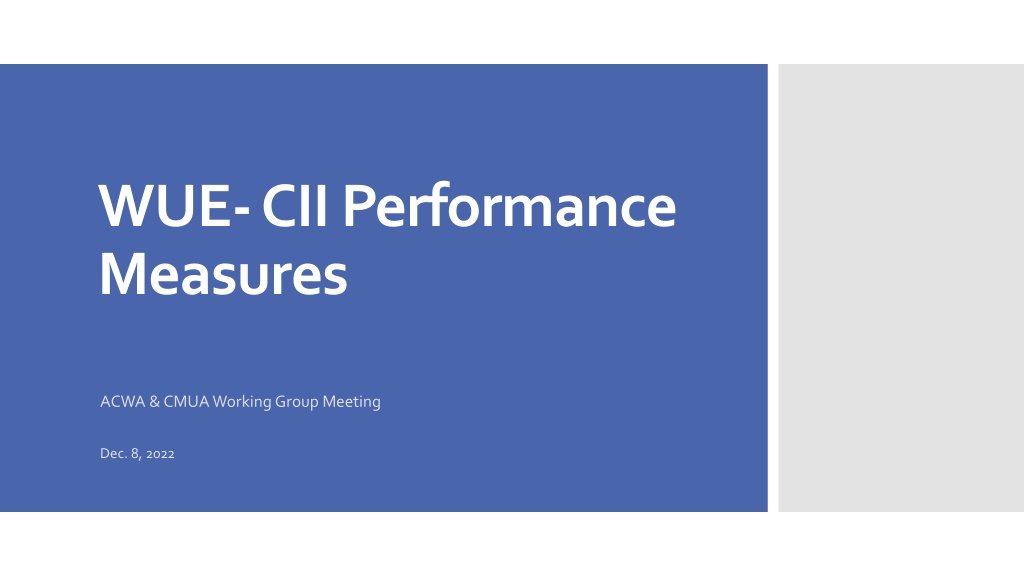
 undefined
undefined











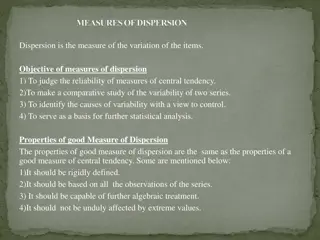
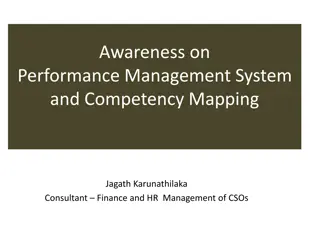
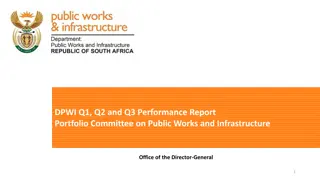

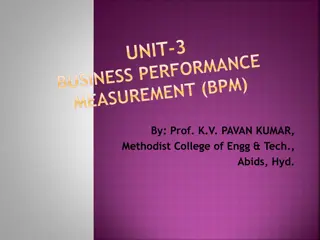
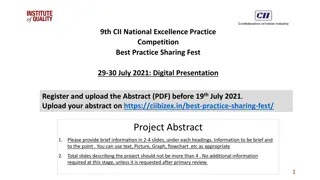

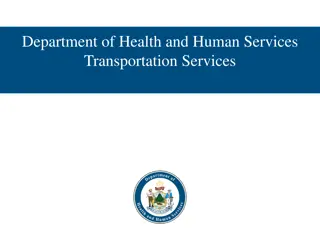

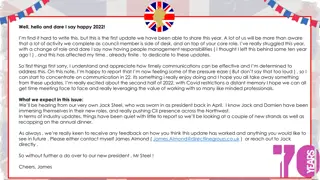





![The Quantum Mechanics of Fine Structure Lines: [OI], [OIII]; [CII], [CI]](/thumb/308913/the-quantum-mechanics-of-fine-structure-lines-oi-oiii-cii-ci.jpg)